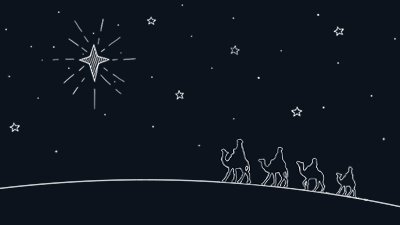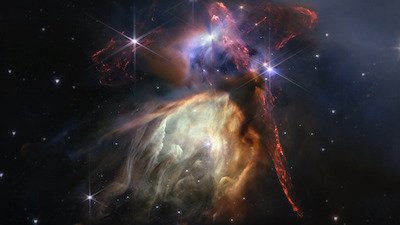Where Do the Constellation Names Come From?
When you look up at a summer sky in North America, you can easily find the Big Dipper and Little Dipper, two star groups within the constellations Ursa Major and Ursa Minor—also known as Big Bear and Little Bear. But did you know that cultures all over the world have very similar legends behind these constellations? Here are a couple examples.
The Stuff of Legends
1. Ancient Rome: Kallisto and Arcas were turned into bears and cast into the sky.
In Roman legend, Jupiter’s lover Kallisto gave him a son, whom she called Arcas. Jupiter's wife, Juno, was jealous and cursed Kallisto by turning her into a bear. Years later, Arcas was hunting and pulled back an arrow to kill her, not knowing the bear's identity. Jupiter intervened and turned Arcas into a bear as well.
To further protect them from Juno's wrath, Jupiter cast them into the sky out of her reach. As he hurled them into the sky, the weight of the bears stretched their tails into the long ones seen in the sky today.
2. Native Americans: A magical bear ran off the earth into the stars with hunters following.
According to multiple tribes of the New World, including the Iroquois and Algonquin, the legend is that a magical bear was threatening a village of people and their food. Villagers sent their best hunters to track and kill the bear, finally fatally wounding it.
The magical bear was able to run off the earth, into the heavens, taking the hunters into the stars with him. As the crimson flow from the wound dripped onto earth, it turned the colors of the trees red, the mark of autumn. The bear is eventually reanimated and the process repeats annually.
Similarity Not a Coincidence!
Oceans separate cultures and people, yet so many see the bears in the sky. Did this constellation name originate at the same place and from the same people before being scattered throughout the earth?
The fact that some cultures across the globe have the same constellations in their night sky supports the idea that all people groups once were together sharing information.
Interestingly, the time period for the origin of the constellations as we know them in the third millennium BC coincides with the Flood and Tower of Babel. Furthermore, the latitude range of the constellations’ origin agrees with the biblical location of the post-Flood society on the Plain of Sumer.
If the constellations developed at that time, then as people dispersed from Babel they would have taken the constellation names with them. Though modifications in each legend were inevitable, one would expect some common elements and names, such as the two bears, to persist.
It’s no coincidence when you look at the Bible’s timeline!
Dig deeper
Find out more in Brooke Nelson’s Do the Big and Little Dipper Support the Bible’s Timeline?

Answers in Genesis is an apologetics ministry, dedicated to helping Christians defend their faith and proclaim the good news of Jesus Christ.
- Customer Service 800.778.3390
- Available Monday–Friday | 9 AM–5 PM ET
- © 2025 Answers in Genesis




